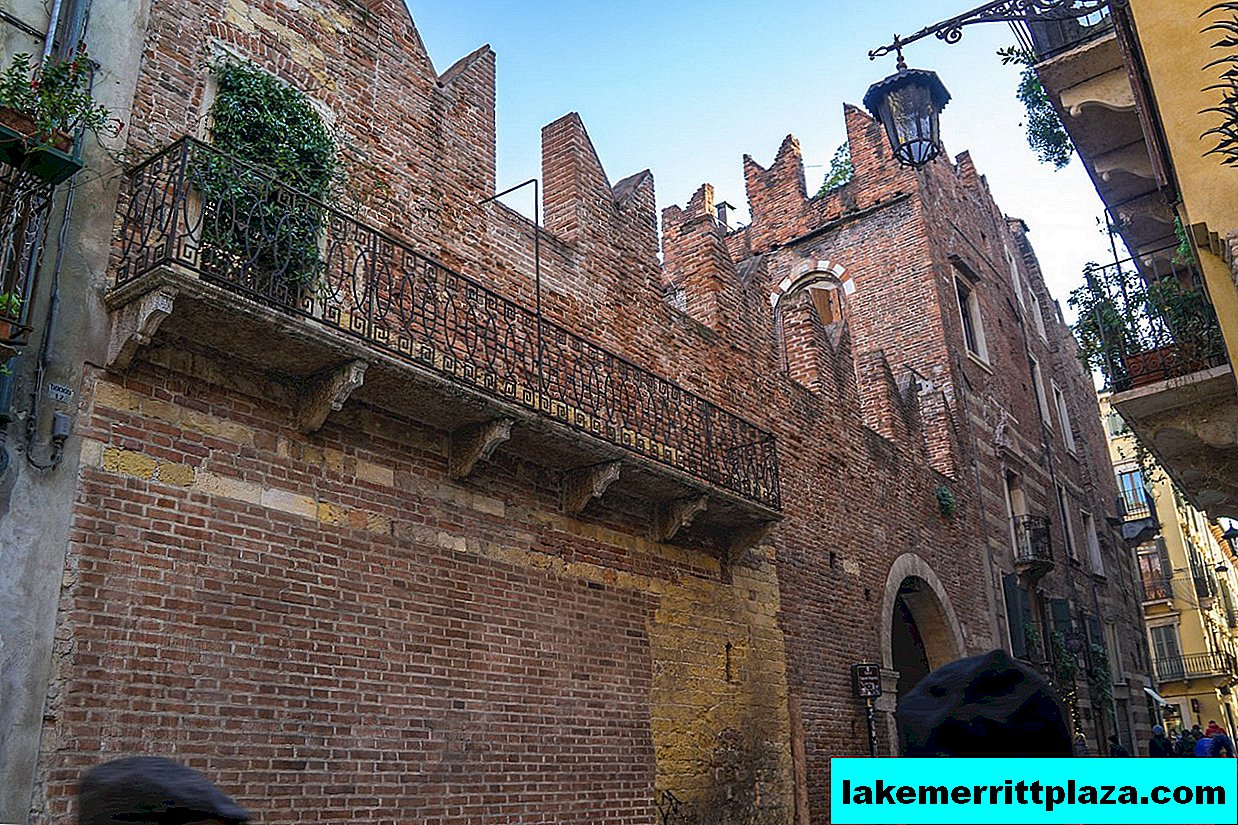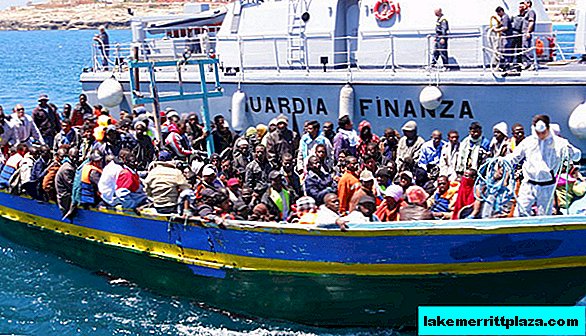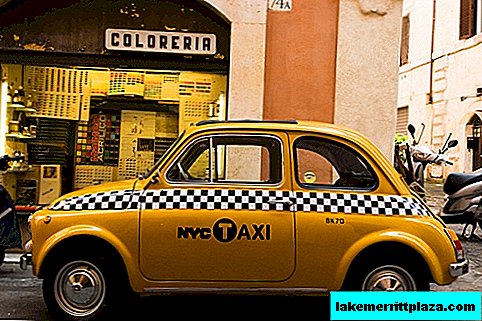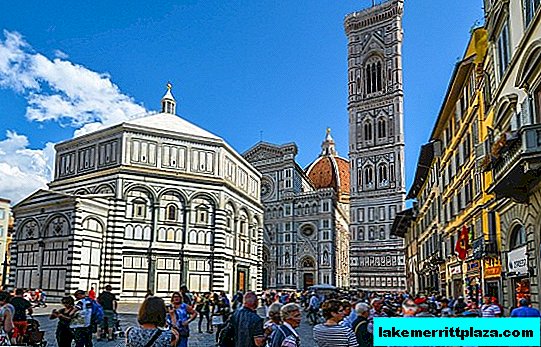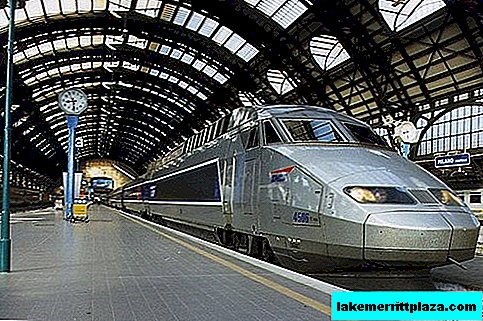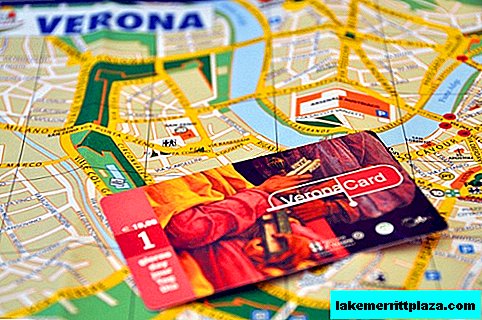Feel like kids at the Babelsberg Film Park. You will see how the films are made, what the scenery consists of, how the television shows are broadcast, and to participate in them yourself.
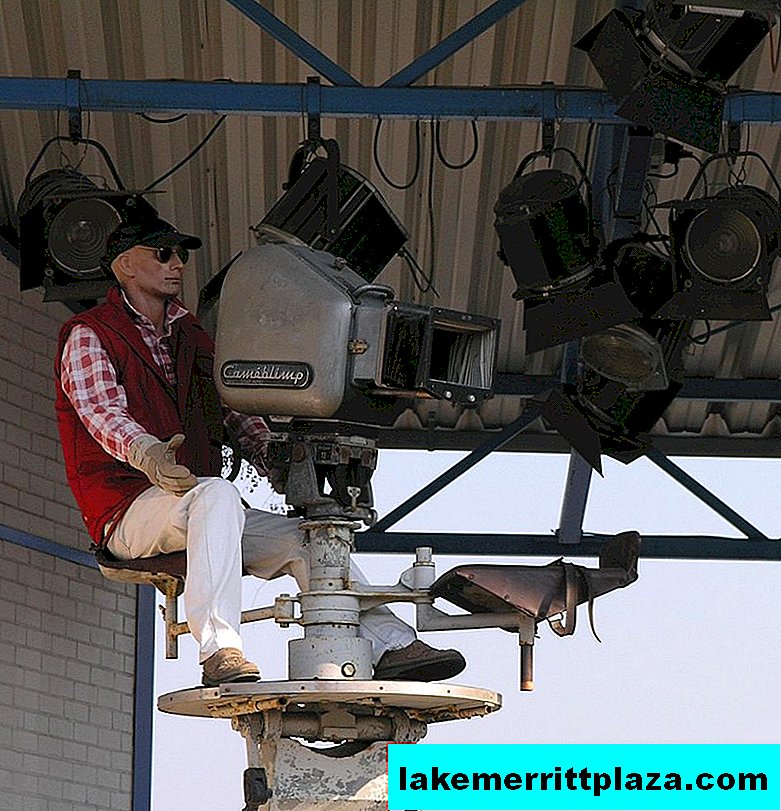
Filmpark Babelsberg
Studios Babelsberg
The film studio Babelsberg was founded in 1910 in the suburbs of Potsdam. She had the glory of the largest in Europe, she was even called German Hollywood. In 1917, on the basis of the studio, the joint-stock company UFA: Universum Film Akciengesellschaft was organized. They shot up to 100 films a year, but the most famous was the sound film with the participation of Marlene Dietrich "Blue Angel" (1930). In Nazi times, propaganda and anti-Semitic films were shot at the studio.
During the years of the GDR (from 1946 to 1992), the studio was called "Defa" (DEFA, "Deutsche Film AG", Deutsche Film-Aktiengesellschaft) and was actively funded by the Soviet Union. Films, documentaries, animated films and westerns beloved by all were shot here.

Shot from the film "Chingachgook - Big Serpent" (1967), produced by DEFA
The border between West and East Berlin passed through Babelsberg. On the Glynicker-Brücke “spy bridge”, the Soviet intelligence officer Rudolf Abel exchanged for Francis Powers, Marvin Mackinen and Frederick Pryor.
In 1991, the DEFA film studio was closed, and in 1992 its property was acquired by the French company Immobilier Phoenix. The studio became known as UFA again. In 2001, the most expensive European film "Enemy at the Gates" was shot here. In 2002 - "Pianist" by Roman Polanski.
Cinema Park Babelsberg

Filmpark Babelsberg, Times photo
In 1991, Filmpark Babelsberg, a Disneyland mini-movie with action figures of cartoons and films shot in Babelsberg, was built next to the studio. Here they amuse and engage in cinema. You can try yourself as a weather forecast announcer, talk show participant, stunt performer or movie star backup. Near the park there is a functioning film studio and film university, and cinema workers - cameramen, animators, dressers, make-up artists, stuntmen - willingly share the secrets of skill.
The park is small, but it has everything for families with children. There is, for example, King Kong, adjacent to Marx and Engels, there is a whole house dedicated to the Sandman. It was a super popular cartoon character in Germany, known no less than Cheburashka. Cartoons were shot about him for several decades, and in the evenings he told children tales on TV.
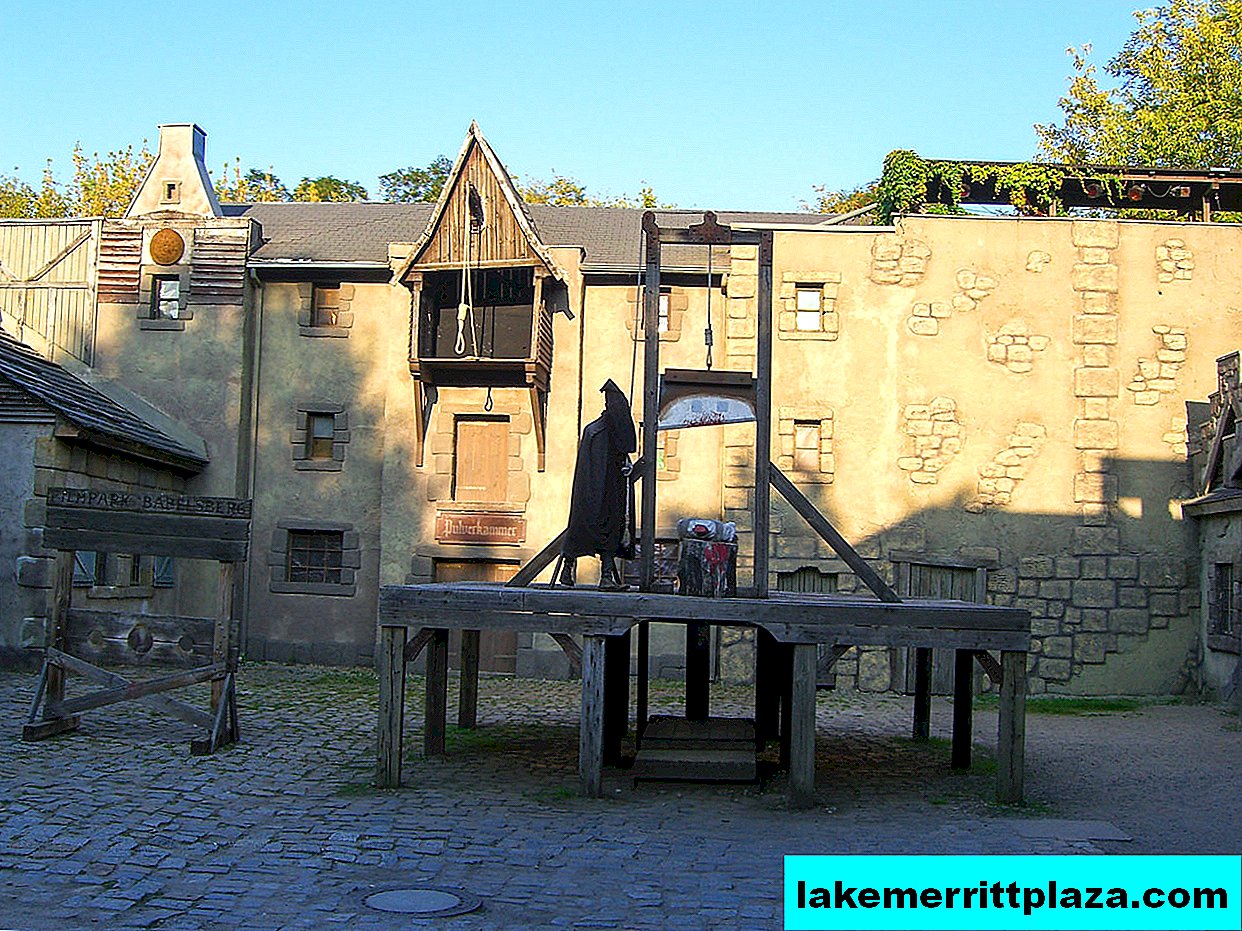
Show of stuntmen in the crater of a volcano, photo by Jörg Weingrill
A couple of times a day in the park they show how stunt movies are removed. Here they fight on swords and blow up cars, set fire to something and, in general, do many dangerous things. And it all happens in a volcanic crater. You can spend more time peacefully in the 3D-hall, where chairs move under the audience, which makes extreme events on the screen almost real.

Medieval Town Times Photo
Further - not for children: a land of horrors, a medieval town with skeletons and corpses, screams and groans. Everything is very gloomy, there are guillotines in the courtyards, hands come out of the graves with groans, or even the dead man looks out. There is a Gothic cemetery with vampires and torture chambers, where everything is shown with German pedantry. There is also such an attraction - a flood on a Soviet submarine. Moreover, the boat is real, brought for the filming of a movie.
The fun part is the Wild West. Here are houses under westerns and cowboys and gold seekers. You can try to wash the gold yourself. There is also a small zoo in the park where performances with trained animals are held.
Park tour
The most interesting attraction is a mini-train ride around the movie studio itself. But this can only be done as part of a group with a guide. There are no stops, photographing is prohibited.





Working hours
From April 8 to November 5: Mon-Sun from 10:00 to 18:00;
in October and November until 17:00;
the park does not work on days marked in red (see website).
Tickets
Adult - € 22;
students, pensioners - € 18;
children (4-16 years old) - € 15.00;
children under 3 years old - free of charge.

